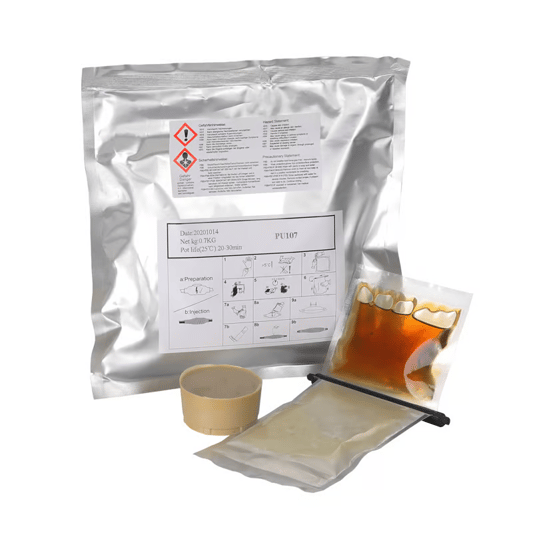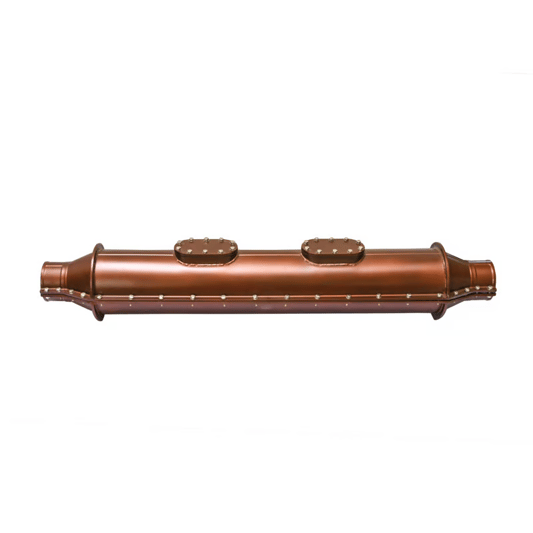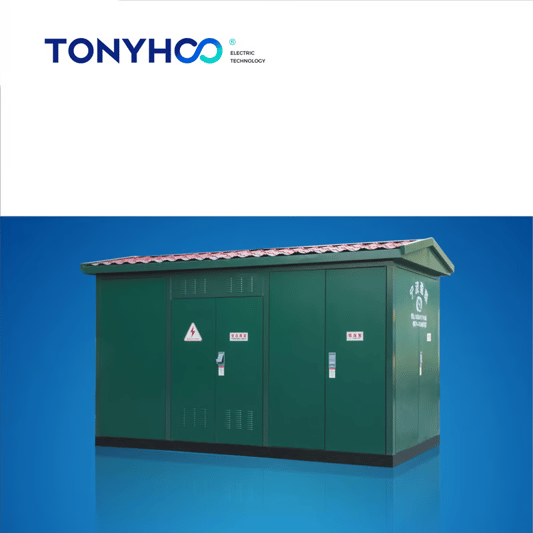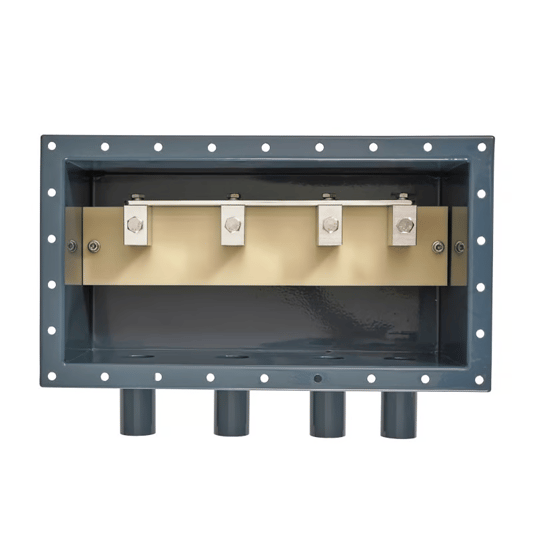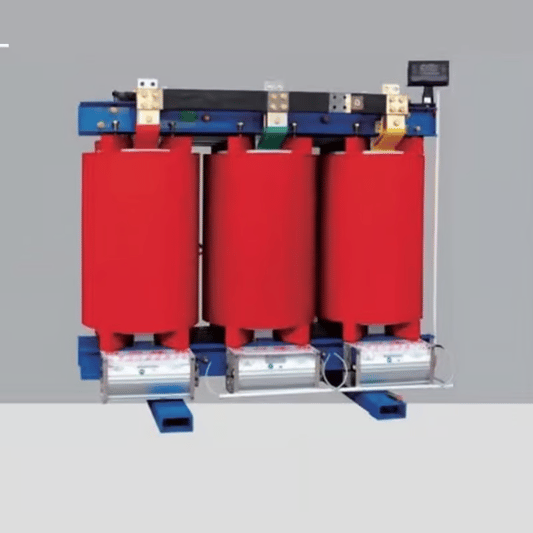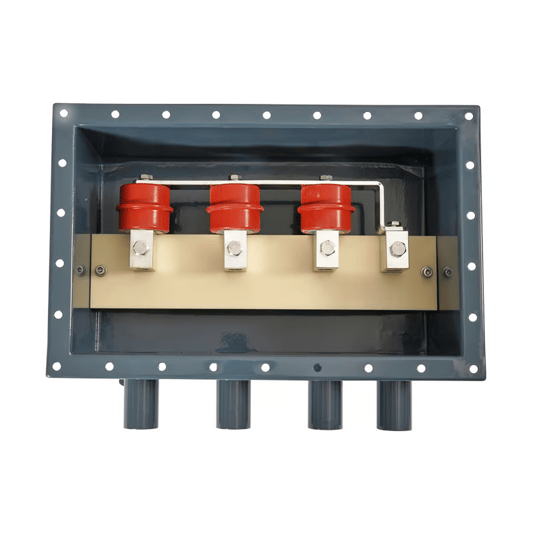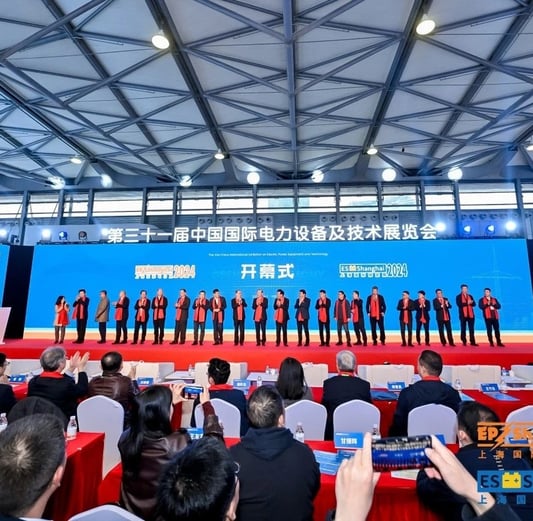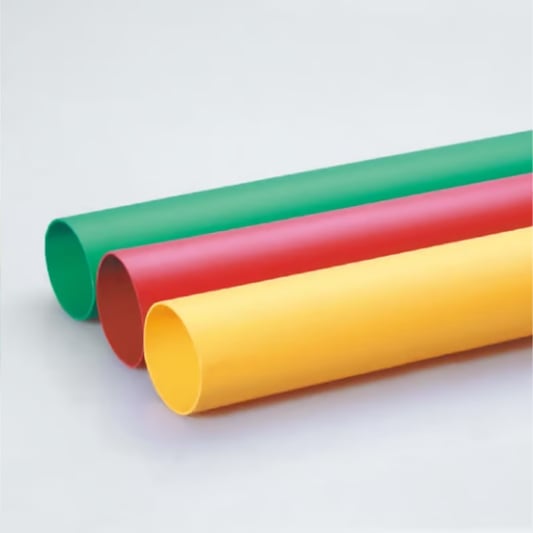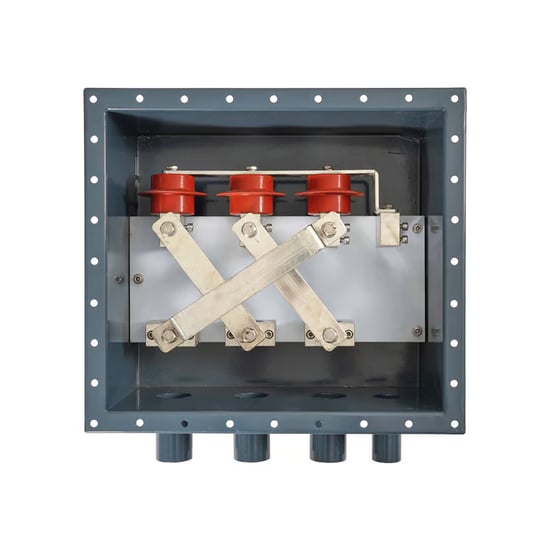The Significance of Environmentally-friendly cable sealant of aluminum foil packingCable sealants play an essential role in the electrical industry, as they ensure that electrical connections are protected from the elements. However, these sealants have traditionally been made from harmful materials that harm the environment. This is where environmentally-friendly cable sealant of aluminum foil packing comes in.What is Environmentally-Friendly Cable Sealant of Aluminum Foil Packing?Environmentally-friendly cable sealant of aluminum foil packing is a new type of cable sealant that has been specially designed to be eco-friendly. It is made from sustainable materials that do not harm the environment, making it an ideal choice for those who are looking to go green.The Benefits of Environmentally-Friendly Cable SealantThe benefits of environmentally-friendly cable sealant of aluminum foil packing are many. Firstly, it is non-toxic and does not contain any harmful substances, which means it is safe for people to handle. Additionally, it is made from sustainable materials that are biodegradable, which means it is easily disposed of and does not leave any harmful residues behind.How Environmentally-Friendly Cable Sealant WorksThe way that environmentally-friendly cable sealant of aluminum foil packing works is by forming a protective barrier around electrical connections, ensuring that they are protected from the elements. It is easy to apply and can be used for a variety of applications, making it a versatile and useful product.The Cost of Environmentally-Friendly Cable SealantOne of the most significant concerns people have when looking to purchase environmentally-friendly products is the cost. However, with environmentally-friendly cable sealant of aluminum foil packing, the cost is comparable to traditional sealant products. Additionally, the long-term benefits of using an eco-friendly product far outweigh any short-term savings.Applications of Environmentally-Friendly Cable SealantEnvironmentally-friendly cable sealant of aluminum foil packing can be used in a variety of applications, including sealing cables and connectors in electrical boxes, appliances, and automotive systems. It is also suitable for use in marine and industrial applications where harsh conditions require a sealant that can withstand extreme temperatures and weather conditions.The Future of Environmentally-Friendly ProductsAs concerns about the environment continue to grow, the use of eco-friendly products such as environmentally-friendly cable sealant of aluminum foil packing will become more widespread. This is because consumers are becoming more aware of the impact that their choices have on the environment and are actively seeking out sustainable and eco-friendly products.The Environmental Impact of Traditional Cable SealantTraditional cable sealant products are made from harmful materials that have a negative impact on the environment. These materials can take thousands of years to decompose and release toxic chemicals into the soil and water. By using environmentally-friendly cable sealant of aluminum foil packing, we can reduce our impact on the environment and protect future generations from the harmful effects of traditional sealant products.The Advantages of Choosing Environmentally-Friendly ProductsChoosing environmentally-friendly products has many advantages. By using products such as environmentally-friendly cable sealant of aluminum foil packing, we can reduce our impact on the environment, protect our health, and support sustainable production practices. Additionally, eco-friendly products are often innovative and technologically advanced, making them a superior choice over traditional products.How to Purchase Environmentally-Friendly Cable Sealant of Aluminum Foil PackingEnvironmentally-friendly cable sealant of aluminum foil packaging is widely available in many online and offline stores. Simply search for the product online or visit a hardware or electrical store. Be sure to double-check that the product you purchase is eco-friendly and made from sustainable materials.ConclusionEnvironmentally-friendly cable sealant of aluminum foil packing is a vital innovation in the electrical industry, providing a sustainable and eco-friendly solution for cable sealing. By choosing products such as these, we can reduce our impact on the environment and protect the planet for future generations.Quote InquiryContact us!


